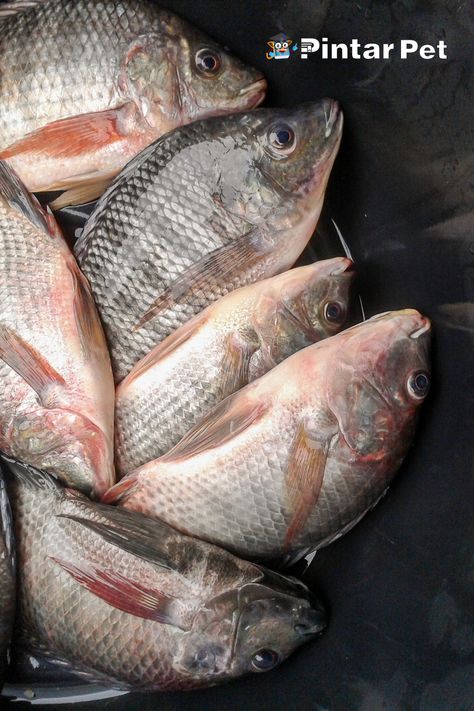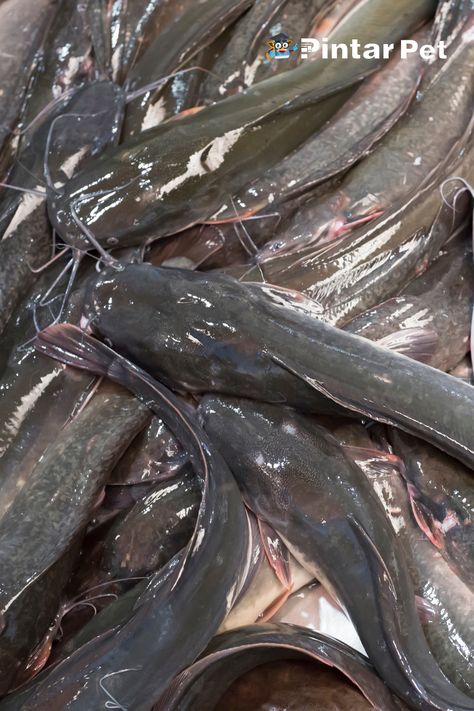Cracking the Code: All About Fresh Crab
Fresh crab, with its sweet, delicate flavor and rich texture, is a culinary delight enjoyed worldwide. Whether you’re a seasoned seafood lover or simply curious about this crustacean, navigating the world of fresh crab can seem daunting. This comprehensive guide delves into all things fresh crab, equipping you with the knowledge to confidently select, prepare, and savor this delicious bounty from the sea.
Contents
Types of Fresh Crab:
The diversity of crab species translates into a variety of options with distinct flavors and textures. Here are some popular varieties:
Dungeness Crab: Found off the Pacific coast of North America, known for its large size, firm meat, and sweet flavor.
Blue Crab: Abundant in the Atlantic Ocean and Gulf of Mexico, with sweet, flaky meat and a mild taste.
King Crab: Prized for its large size and rich, sweet flavor, with varieties like Red King and Snow Crab.
Softshell Crab: Unique for its soft shell, allowing for whole consumption, offering a crispy and savory experience.
Stone Crab: Found in Florida, known for its large claws with sweet, delicate meat.
Selecting Fresh Crab:
Choosing the right crab is crucial for enjoying its optimal flavor and freshness. Look for these key signs:
Lively Movement: Live crabs exhibit active movement of their legs and claws. Sluggishness indicates potential spoilage.
Clear and Bright Eyes: Healthy crabs have bright, clear eyes, not cloudy or sunken.
Fresh Smell: A sweet, briny scent is preferable. Avoid any ammonia-like odor, which indicates spoilage.
Firm Shell: The shell should be firm and free of cracks, breaks, or discoloration.
Weight: Live crabs should feel heavy for their size, indicating full meat content.
Preparing Fresh Crab:
There are various ways to prepare fresh crab, depending on your preference and the type of crab. Here are some common methods:
Steaming: A simple and healthy method that preserves the delicate flavor. Place live crabs in a steamer basket and steam for 10-15 minutes per pound.
Boiling: Quickest method, but can slightly impact flavor. Boil live crabs in salted water for 5-8 minutes per pound.
Baking: Creates a richer flavor. Preheat oven to 400°F (200°C), cover crabs in foil, and bake for 20-30 minutes.
Broiling: Adds a smoky flavor. Broil pre-steamed crab under high heat for 2-3 minutes per side.
Cleaning and Extracting Meat:
Once cooked, cleaning and extracting the meat takes some practice but becomes easier with familiarity. Tools like crab crackers, mallets, and picks can aid the process. Depending on the recipe, you can extract lump meat (large pieces), flake meat (smaller pieces), or claw meat.
Enjoying Fresh Crab:
Fresh crab is versatile and can be enjoyed in many ways:
- Cold Dishes: Salads, dips, cocktails, and appetizers.
- Hot Dishes: Pasta dishes, soups, stews, and casseroles.
- Main Course: Cracked and served with clarified butter or dipping sauce.
Additional Tips:
When purchasing live crabs, ask the fishmonger to steam or boil them for you (a free service in many places).
Leftover cooked crabmeat can be refrigerated for 3-4 days or frozen for longer storage.
Be mindful of sustainability when choosing crab species. Opt for certified fisheries that practice responsible harvesting methods.
Beyond the Basics :
Seasonings: Experiment with Old Bay seasoning, Cajun spice, or your favorite herbs and spices.
Dipping Sauces: Cocktail sauce, remoulade, drawn butter, or simply melted butter.
Pairing: Enjoy with crisp white wine, light beer, or lemonade.
By understanding the different types, selection criteria, preparation methods, and delicious ways to enjoy it, you can embark on a rewarding journey into the world of fresh crab. So, grab your apron, crack open the knowledge, and savor the unique flavor and versatility of this ocean treasure!






